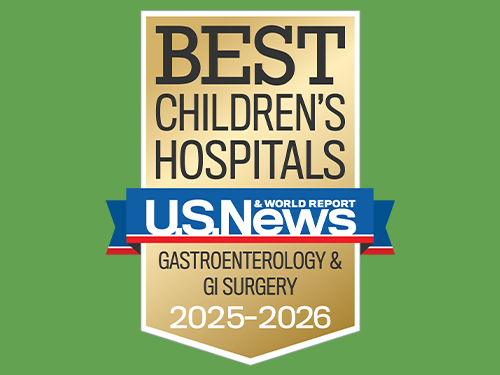What Are the Esophagus and Trachea?
- Esophagus: tube that connects the mouth to the stomach
- Trachea: "windpipe"
- Atresia: absence of a normal opening
- Congenital: found at birth
- Fistula: abnormal passage from a body organ to the body surface or between two internal body organs.
What Is Congenital Esophageal Atresia (Ea) and Tracheoesophageal Fistula (Tef)?
Congenital esophageal atresia (EA) represents a failure of the esophagus to develop as a continuous passage. Instead, it ends as a blind pouch. Tracheoesophageal fistula (TEF) represents an abnormal opening between the trachea and esophagus. EA and TEF can occur separately or together. EA and TEF are diagnosed in the ICU at birth and treated immediately.
How Is Congenital Esophageal Atresia and Tracheoesophageal Fistula Diagnosed?
The presence of EA is suspected in an infant with excessive salivation (drooling) and in a newborn with drooling that is frequently accompanied by choking, coughing and sneezing. When fed, these infants swallow normally but begin to cough and struggle as the fluid returns through the nose and mouth. The infant may become cyanotic (turn bluish due to lack of oxygen) and may stop breathing as the overflow of fluid from the blind pouch is aspirated (sucked into) the trachea. The cyanosis is a result of laryngospasm (a protective mechanism that the body has to prevent aspiration into the trachea). Over time respiratory distress will develop.
If any of the above signs/symptoms are noticed, a catheter is gently passed into the esophagus to check for resistance. If resistance is noted, other studies will be done to confirm the diagnosis. A catheter can be inserted and will show up as white on a regular x-ray film to demonstrate the blind pouch ending. Sometimes a small amount of barium (chalk-like liquid) is placed through the mouth to diagnose the problems.
How Is Congenital Esophageal Atresia and Tracheoesophageal Fistula Treated?
Treatment of EA and TEF is surgery to repair the defect. If EA or TEF is suspected, all oral feedings are stopped and intravenous fluids are started. The infant will be positioned to help drain secretions and decrease the likelihood of aspiration. Babies with EA may sometimes have other problems. Studies will be done to look at the heart and spine. Sometimes studies are done to look at the kidneys.
Surgery to fix EA is rarely an emergency. Once the baby is in condition for surgery, an incision is made on the side of the chest. The esophagus can usually be sewn together. Following surgery, the baby may be hospitalized for a variable length of time. Care for each infant is individualized. If you have any questions do not hesitate to ask a member of the pediatric surgery team.
Contact Us
If you have any questions, use the online tool below to help us connect with you. To refer a patient or schedule an appointment, please contact our clinic using the information below.
- UT Physicians Pediatric Specialists
Texas Medical Center
6410 Fannin St., Suite 500
Houston, Texas 77030
Phone: (832) 325-6516 - UT Physicians Pediatric Surgery
Texas Medical Center
6410 Fannin St., Suite 950
Houston, Texas 77030
Phone: (832) 325-7234
To contact Children's Memorial Hermann Hospital, please fill out the form below.
If you are experiencing a medical emergency, call 911 or go to the nearest emergency room.
If you or someone you know needs support from the Suicide and Crisis Lifeline, call or text 988.
